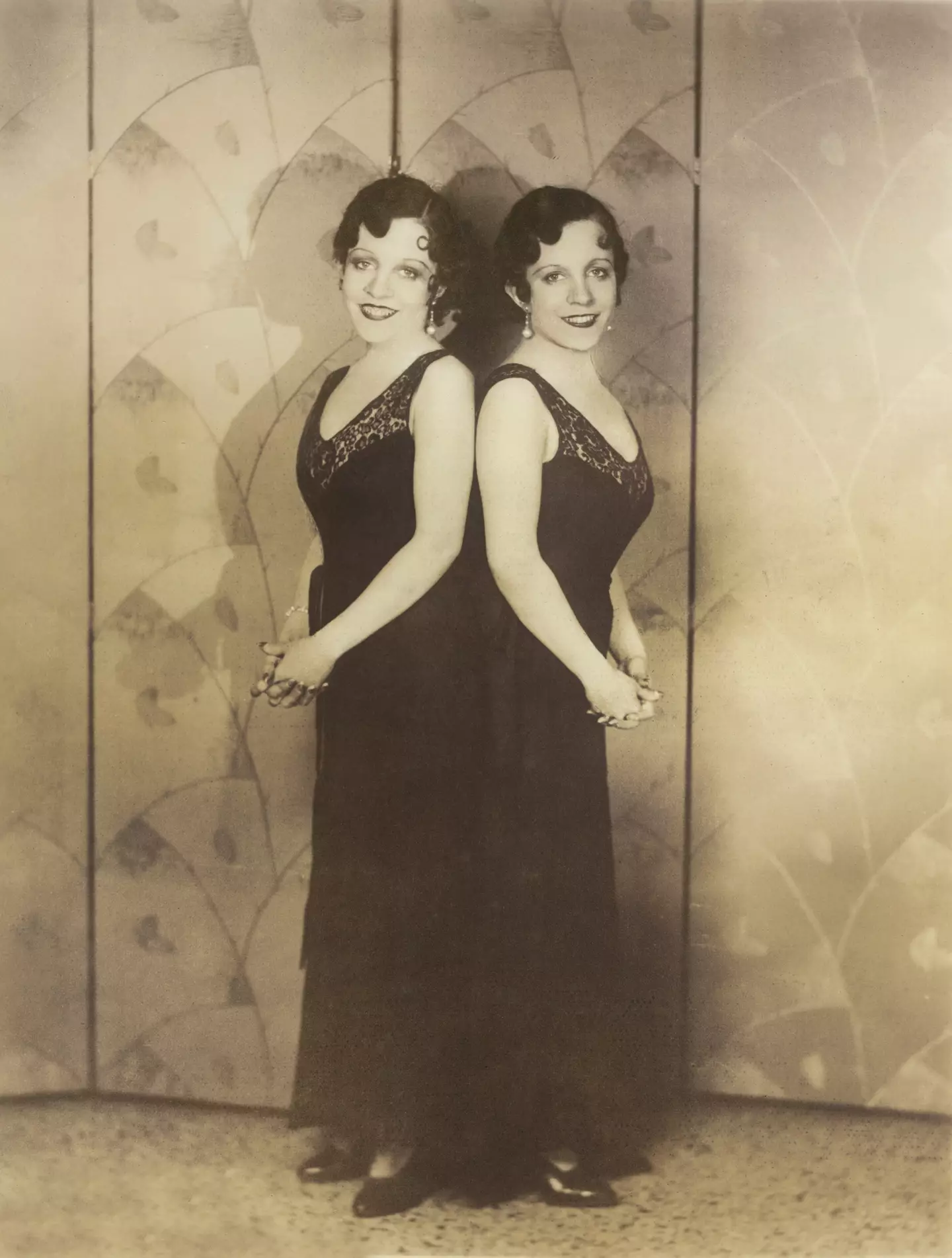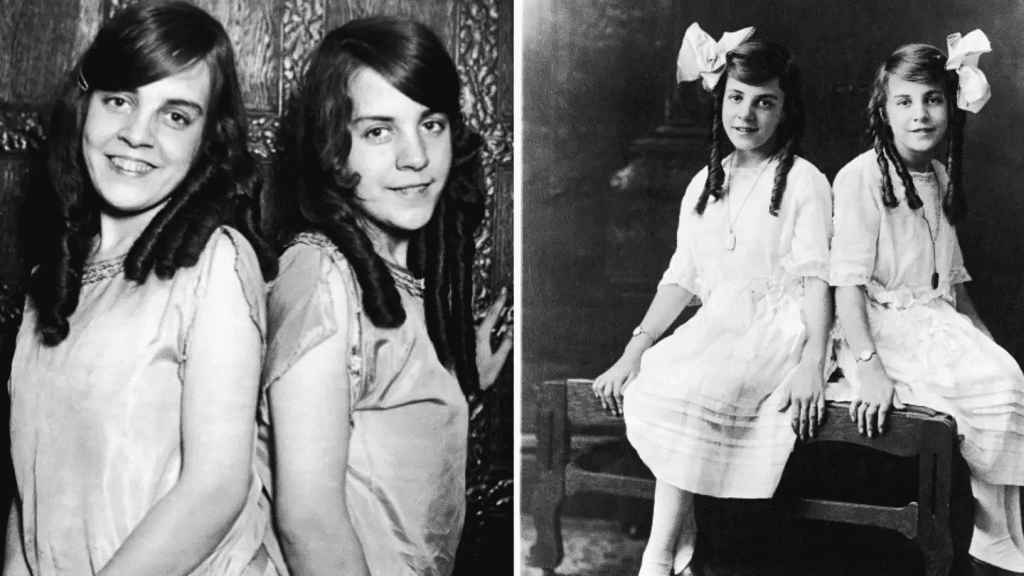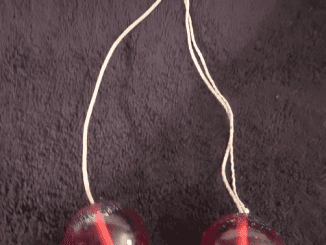Conjoined twins present one of the rarest and most challenging forms of human development, with countless stories of struggle, resilience, and heartbreak. Among the most famous conjoined twins were Daisy and Violet Hilton, who defied the odds and rose to fame as entertainers, yet met a tragic end. Their story is both inspiring and disturbing, as they were forced to endure a unique horror—one sister was left attached to her dead sibling’s body until she, too, succumbed to illness. This tale not only reveals the challenges faced by conjoined twins but also the dark history of exploitation and the resilience of the human spirit.
What Are Conjoined Twins? Understanding a Rare Phenomenon

Conjoined twins occur when a single fertilized egg only partially divides, leaving the two embryos connected. This rare condition happens in about one in every 500,000 live births, with most twins joined at the chest, abdomen, or pelvis. In the United Kingdom, for instance, only about one set of conjoined twins is born each year.
The survival rates for conjoined twins are staggeringly low. According to the National Institutes of Health, only 7.5% of conjoined twins survive past birth. Even with modern surgical intervention, only around 60% of cases where twins are surgically separated result in both twins surviving. For Daisy and Violet, born in 1908, the odds were stacked against them from the beginning. Yet, they would go on to defy these statistics, living for more than six decades.
A Tragic Start: Exploitation from Birth
Daisy and Violet Hilton were born in Brighton, England, in 1908, joined at the hip. Their birth mother, unable to cope with their unique needs, sold them to a woman named Mary Hilton, who quickly recognized their potential to attract attention and make money. Mary bestowed her surname upon the twins and began exploiting them almost immediately. By the time the twins were just three years old, Mary had them touring as a spectacle, parading them before audiences as “freaks” in her pub and other venues.
As if the sale by their mother wasn’t tragic enough, the twins endured a childhood devoid of compassion and filled with exploitation. Mary Hilton wasn’t merely a caretaker; she was their owner, parading Daisy and Violet as curiosities to the paying public, capitalizing on their uniqueness without regard for their wellbeing. After Mary’s death, ownership of Daisy and Violet passed, almost like property, to her daughter Edith, who continued the cycle of exploitation but took it a step further. Edith saw to it that the twins learned to dance, sing, and play musical instruments, turning them into a vaudeville act that could bring in even more revenue. Yet, none of the money they earned went to them; it all went into the hands of their “owners.”
Breaking Free and Building a Career in Show Business
After years of mistreatment and being financially exploited, Daisy and Violet managed to break free from Edith’s control. Finally, they could make choices about their own lives. They took charge of their careers, which led to the blossoming of their talents as entertainers in the vaudeville circuit and later in film.
Their most notable achievement came in 1952 when they starred in the movie Chained for Life, an exploitation film directed by Harry L. Fraser. The film was an unusual mix of fiction and reality, as it incorporated elements of Daisy and Violet’s actual lives as well as their vaudeville performances. Chained for Life capitalized on the public’s curiosity about their lives as conjoined twins and, though it didn’t achieve massive box office success, it solidified their status as cultural icons.
However, their lives in the limelight were not destined to last forever. In 1961, their manager abandoned them, leaving Daisy and Violet stranded and penniless. Their final public appearance was at a drive-in theater in Charlotte, North Carolina. With no funds and no one to turn to, they took up work in a local grocery store, where they tried to live a quieter life, far from the fame that had once defined them.
A Devastating End: Living With a Dead Sister Attached
Tragedy struck in 1969 when both twins contracted the flu. Daisy, the more vulnerable of the two, succumbed to the illness first. However, due to the medical limitations of the time, Violet was left physically attached to her deceased sister. With no immediate means of separation and limited medical resources, Violet remained connected to Daisy’s lifeless body for an estimated two to four days before she, too, passed away.
Today, the thought of one twin being forced to live with their dead sister’s body attached to them is almost unimaginable. In modern times, surgical procedures allow for the separation of conjoined twins if one falls terminally ill, but for Daisy and Violet, this was not an option. Medical advancements had not yet reached a point where such an emergency separation could be safely performed, leaving Violet to suffer not only from her illness but from the horrific experience of losing her sister in the most literal sense imaginable.

Their Legacy: Remembering Daisy and Violet Hilton
The tragic story of Daisy and Violet Hilton left an indelible mark on popular culture. Following their deaths, the twins’ memory was honored in several ways, reflecting both their contributions to entertainment and the sorrowful aspects of their lives. In Brighton, a commemorative blue plaque was erected at the house where they were born. It reads: “The Hilton Twins. Violet and Daisy Skinner. 1908-1969. Stars of stage and screen. Born here.”
In the years following their deaths, Daisy and Violet’s story has inspired musicals, documentaries, and books, all exploring the complexities of their lives. They are remembered not only for the uniqueness of their condition but also for their resilience and ability to find success in an industry that initially exploited them. Through these retellings, Daisy and Violet Hilton live on, offering a glimpse into the lives of conjoined twins who struggled, thrived, and suffered in equal measure.
The Disturbing Reality for Conjoined Twins: Then and Now

The Hilton sisters’ story underscores the challenges faced by conjoined twins throughout history. While medical advancements have made it possible to separate some conjoined twins today, the procedure is still risky, and success is never guaranteed. The survival rate for twins joined at complex locations remains low, and even when separation is possible, the quality of life for both twins is not always assured.
The case of Daisy and Violet Hilton serves as a somber reminder of the fragility of life and the ethical considerations surrounding conjoined twins. They were forced into a life of exploitation, endured unimaginable hardships, and ultimately faced a tragic death. Their story illustrates not only the medical and societal challenges faced by conjoined twins but also the resilience required to overcome the limitations imposed upon them.
Conclusion: A Story of Resilience and Tragedy
The story of Daisy and Violet Hilton is a poignant mix of resilience and tragedy. Born into a world that saw them as curiosities, they managed to forge a successful career in entertainment despite being used and exploited by those who were supposed to protect them. Yet, their lives ended in heartbreak, with one twin forced to spend her last days attached to the body of her deceased sister.
Today, their legacy lives on, both as a cautionary tale of exploitation and as a testament to the strength of the human spirit. The Hilton twins’ story reminds us of the importance of compassion, ethical care, and the impact of advancements in medical science. They will forever remain in history as symbols of perseverance amid unimaginable circumstances, a legacy that continues to inspire and haunt in equal measure.


